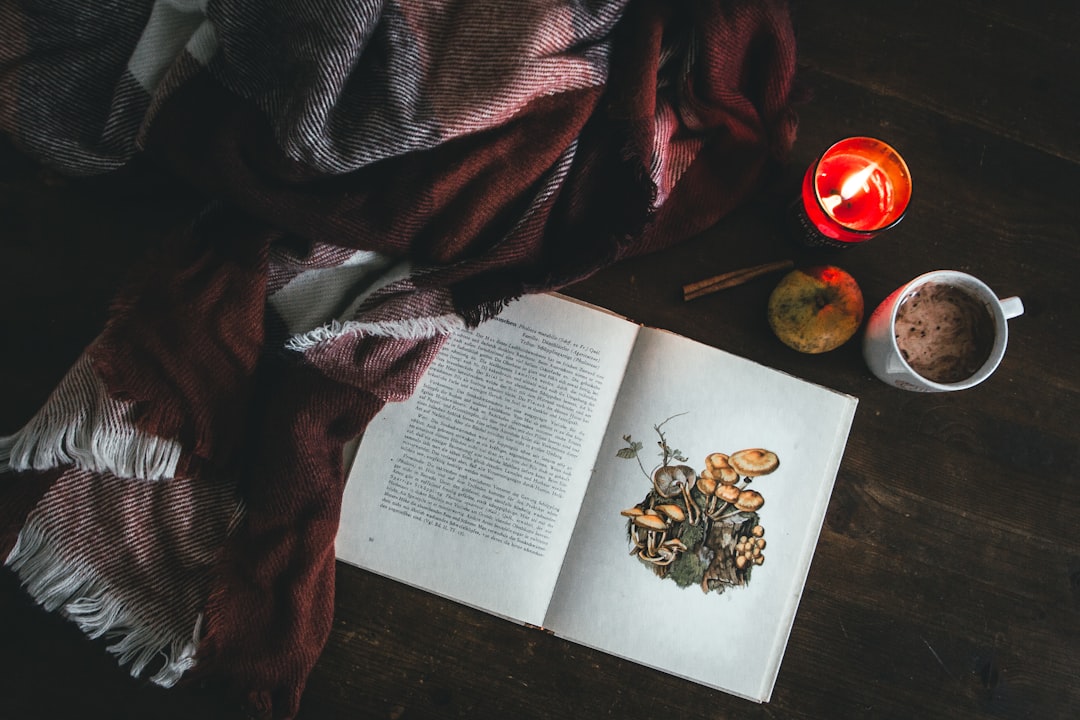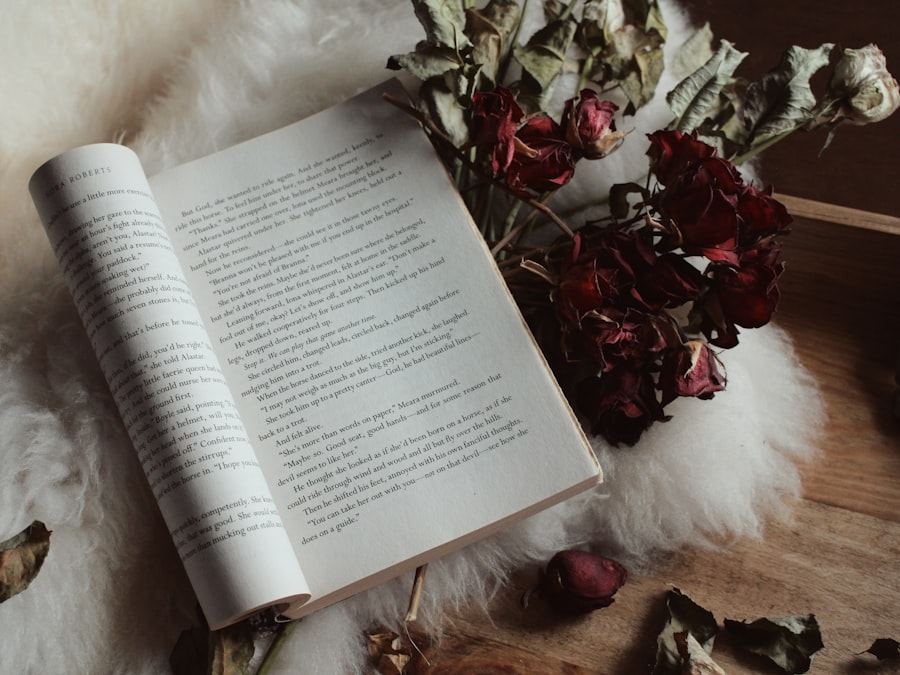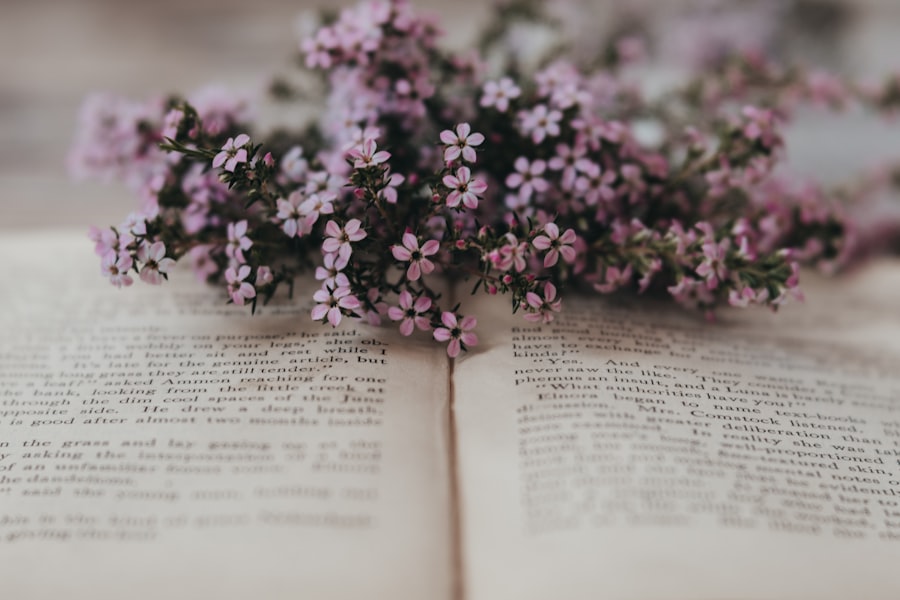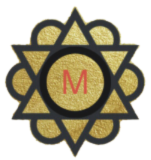
The realms of tarot and poetry may seem disparate at first glance, yet they share a profound connection rooted in symbolism, intuition, and the exploration of the human experience. Tarot, with its rich imagery and archetypal figures, serves as a mirror reflecting our inner landscapes, while poetry distills emotions and thoughts into a concentrated form of expression. Both mediums invite us to delve into the depths of our psyche, encouraging introspection and self-discovery.
The tarot deck, composed of 78 cards, each laden with meaning, can evoke a myriad of emotions and thoughts, much like a well-crafted poem that resonates with the reader’s own experiences. In the act of reading tarot, one engages in a dialogue with the cards, interpreting their meanings based on personal context and intuition. This interpretative process parallels the way poets engage with language, crafting verses that resonate on multiple levels.
Just as a tarot reader might draw connections between the cards and their life circumstances, poets weave together images and themes that reflect their own realities. The intersection of these two art forms creates a fertile ground for creativity, where the insights gained from tarot readings can inspire poetic expression, leading to a deeper understanding of both the self and the world.
Key Takeaways
- Tarot and poetry intersect in their use of symbolism and storytelling to convey deeper meanings and emotions.
- Tarot cards can be used as writing prompts to inspire creativity and unlock new ideas for poetry.
- Exploring the symbolism in tarot cards can help poets add layers of meaning and depth to their work.
- Connecting emotions and themes in tarot and poetry can lead to powerful and evocative writing.
- Crafting narrative and storytelling with tarot and poetry can create compelling and immersive poetic experiences.
- Harnessing the power of tarot imagery in poetry can add visual and emotional impact to the written word.
Using Tarot Cards as Writing Prompts
Unleashing the Power of Imagination
The imagery associated with each card can evoke strong emotions and ideas. For example, The Fool card, often depicted as a carefree figure standing at the edge of a cliff, can inspire poets to write about new beginnings, innocence, or the courage to take risks. This card can encourage poets to embrace adventure and spontaneity in their writing.
Discovering New Connections and Insights
The process of selecting tarot cards can be serendipitous, leading to unexpected connections and insights. A poet might draw The Tower card, symbolizing upheaval and chaos, which could inspire a poem about personal transformation or societal change. The stark imagery of destruction and rebirth inherent in The Tower can lead to powerful metaphors that resonate with readers.
Tapping into the Subconscious
By using tarot cards as prompts, poets can tap into their subconscious, allowing the cards to guide their writing process and reveal hidden emotions or thoughts that may not have surfaced otherwise. This can lead to a deeper exploration of themes and ideas, resulting in more nuanced and meaningful poetry.
Exploring Symbolism in Tarot and Poetry

Symbolism is a cornerstone of both tarot and poetry, providing layers of meaning that enrich the reader’s experience. Each tarot card is imbued with symbols that convey complex ideas and emotions; for example, The Empress represents fertility, abundance, and nurturing energy through its imagery of lush landscapes and maternal figures. Poets often employ similar symbolic language to evoke feelings or concepts without explicitly stating them.
The interplay between these symbols allows for a deeper exploration of themes such as love, loss, and transformation. In poetry, symbols can serve as touchstones for readers, inviting them to engage with the text on a personal level. A poet might use the image of a rose to symbolize love or beauty while simultaneously acknowledging its thorns as a representation of pain or sacrifice.
This duality mirrors the complexity found in tarot symbolism; for instance, The Death card does not signify an end in a literal sense but rather transformation and renewal. By examining the symbolism present in both tarot and poetry, one can uncover rich narratives that speak to universal human experiences while also allowing for individual interpretation.
Connecting Emotions and Themes in Tarot and Poetry
The emotional resonance found in both tarot readings and poetry is undeniable. Each tarot card evokes specific feelings that can be harnessed to explore themes within poetry. For example, The Moon card often represents illusion, intuition, and the subconscious mind.
A poet inspired by this card might delve into themes of uncertainty or self-discovery, crafting verses that reflect the complexities of navigating one’s inner world. The emotional depth associated with tarot cards can serve as a catalyst for poets seeking to articulate their own feelings or experiences. Furthermore, the themes present in tarot can provide a framework for poets to explore broader societal issues or personal struggles.
The Justice card, which embodies fairness and truth, could inspire a poem addressing themes of morality or social justice. By connecting the emotions evoked by tarot cards with relevant themes in their work, poets can create poignant pieces that resonate with readers on multiple levels. This synergy between tarot and poetry allows for an exploration of both personal and collective narratives, enriching the artistic process.
Crafting Narrative and Storytelling with Tarot and Poetry
Narrative is an essential element in both tarot readings and poetry; each card tells a story that can be woven into a larger narrative arc. For instance, drawing cards sequentially can create a storyline that reflects a journey or transformation. A poet might choose to write a series of poems based on a tarot spread, using each card as a chapter in a larger narrative about growth or self-discovery.
This approach not only provides structure but also allows for an exploration of character development through the lens of tarot archetypes. The storytelling aspect of tarot can also inspire poets to experiment with form and structure in their work. By interpreting the journey represented by The Chariot card—symbolizing determination and willpower—a poet might craft a narrative poem that follows a protagonist’s quest for success against all odds.
This blending of storytelling techniques from both tarot and poetry creates dynamic works that engage readers while inviting them to reflect on their own journeys. The interplay between narrative elements in both forms enriches the creative process, allowing poets to draw from the archetypal stories present in tarot.
Harnessing the Power of Tarot Imagery in Poetry

Unlocking Emotions and Ideas
The Star card, for instance, often features a serene figure pouring water into a pool under a starlit sky, evoking feelings of hope, healing, and inspiration. A poet might draw upon this imagery to craft verses about renewal or aspiration, leveraging the visual elements to enrich their language. The act of visualizing tarot imagery can also stimulate creativity by prompting poets to engage their senses more fully.
Sensory Exploration and Immersive Experience
A poet inspired by The Sun card, symbolizing joy and vitality, might incorporate sensory details related to warmth, light, and happiness into their work. This sensory engagement not only enriches the poem but also creates an immersive experience for readers who can visualize the scenes being described. By harnessing the power of tarot imagery in their poetry, writers can create vivid landscapes that resonate emotionally while inviting readers into their imaginative worlds.
By utilizing tarot cards as writing prompts, delving into symbolism, connecting emotions with themes, crafting narratives, and harnessing powerful imagery, poets can unlock new dimensions in their work. This synergy not only enhances individual expression but also fosters a deeper understanding of the human experience through the lens of both art forms.






